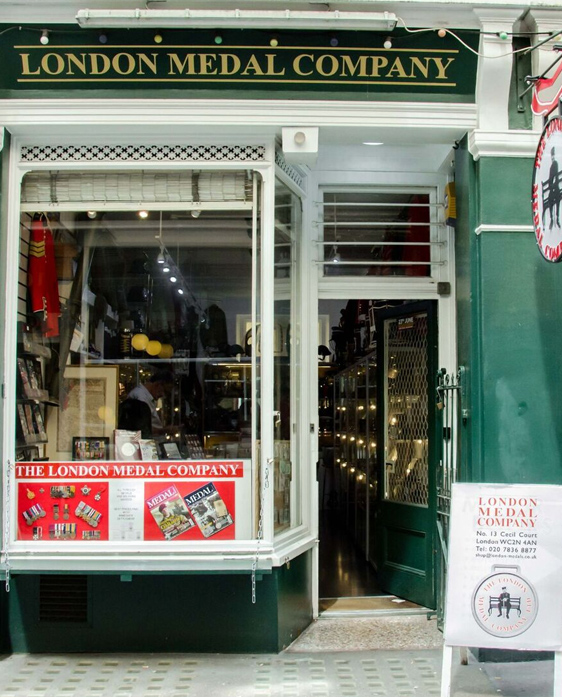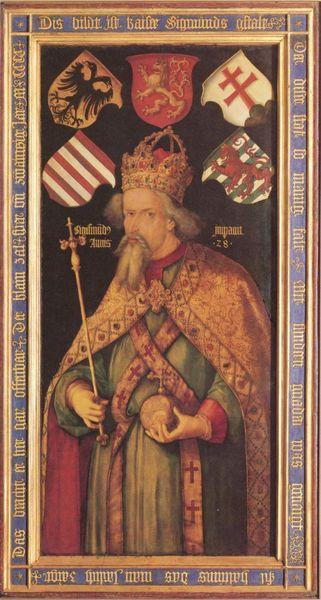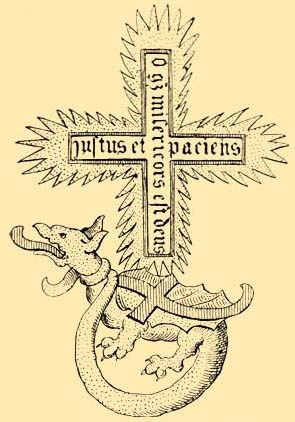
Egyptian malaria epidemic in faleristics
Egypt was threatened by two invasions in early 1942. One in the north across the Libyan Desert and the other in the south from Wadi Haifa. The first attacker was repulsed and completely defeated at El Alamejn. The second, Anopheles Gambiae, was stopped in Asyut and eradicated by February 19, 1945.
















